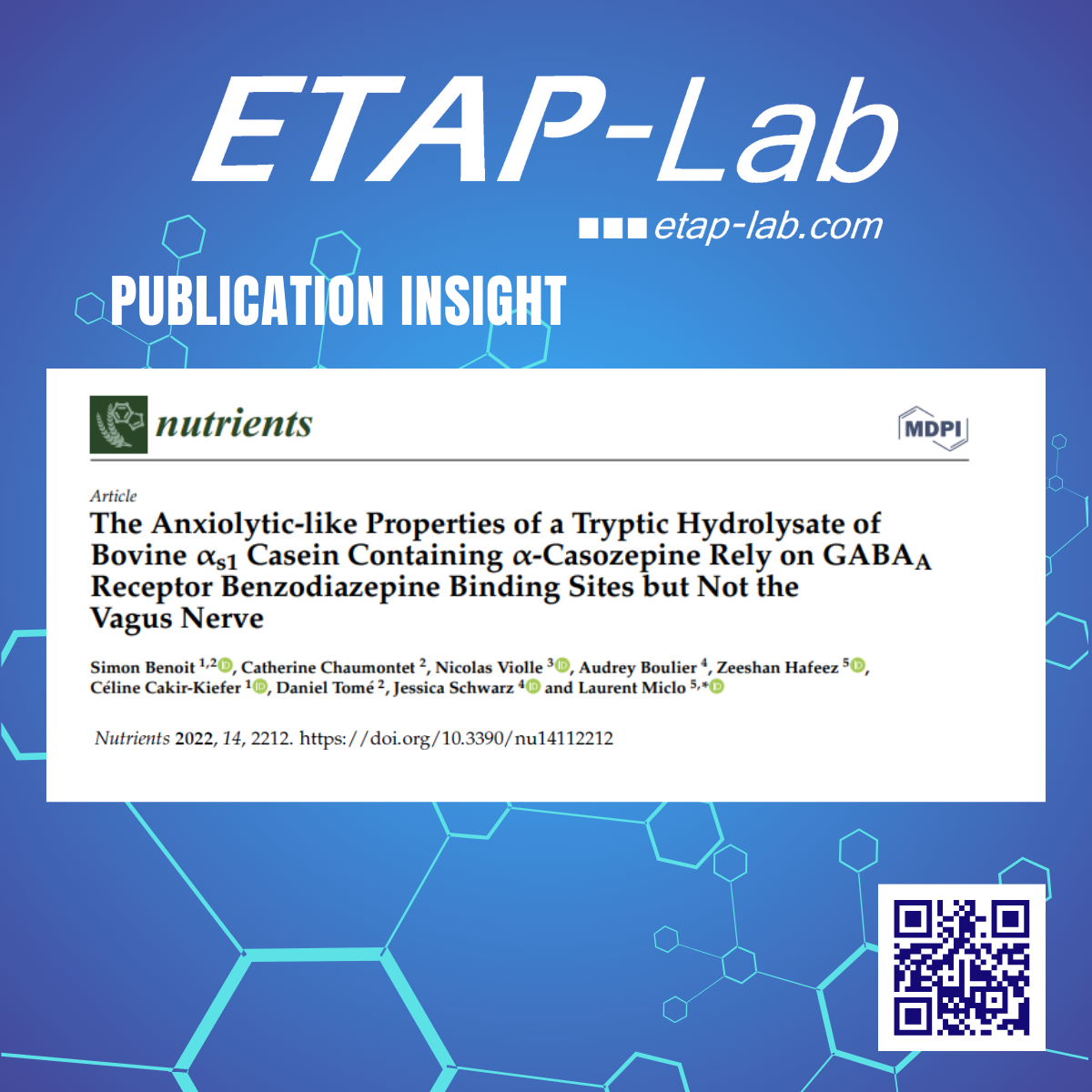Human Opiorphin, a natural antinociceptive modulator of opioid-dependent pathways
Wisner A, Dufour E, Messaoudi M, Nejdi A, Marcel A, Ungeheuer MN, Rougeot C - 2006, Proc. Natl. Acad. Sci. U.S.A., 103:17979-84.
Mammalian zinc ectopeptidases play important roles in turning off neural and hormonal peptide signals at the cell surface, notably those processing sensory information. We report here the discovery of a previously uncharacterized physiological inhibitor of enkephalin-inactivating zinc ectopeptidases in humans, which we have named Opiorphin. It is a QRFSR peptide that inhibits two enkephalin-catabolizing ectoenzymes, human neutral ecto-endopeptidase, hNEP (EC 3.4.24.11), and human ecto-aminopeptidase, hAP-N (EC 3.4.11.2). Opiorphin displays potent analgesic activity in chemical and mechanical pain models by activating endogenous opioid-dependent transmission. Its function is closely related to the rat sialorphin peptide, which is an inhibitor of pain perception and acts by potentiating endogenous μ- and δ-opioid receptor-dependent enkephalinergic pathways. Here we demonstrate the functional specificity in vivo of human Opiorphin. The pain-suppressive potency of Opiorphin is as effective as morphine in the behavioral rat model of acute mechanical pain, the pin-pain test. Thus, our discovery of Opiorphin is extremely exciting from a physiological point of view in the context of endogenous opioidergic pathways, notably in modulating mood-related states and pain sensation. Furthermore, because of its in vivo properties, Opiorphin may have therapeutic implications.
Link to Pubmed


